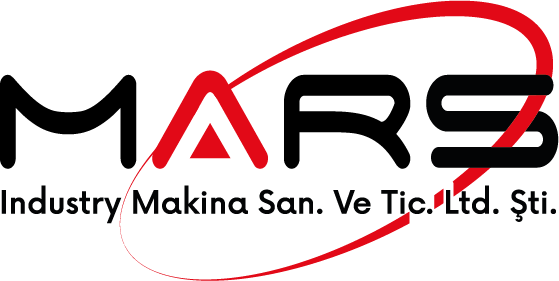
Boring mills, lathes, and milling machines are the three pillars of subtractive manufacturing. This guide explains what each machine excels at, when to choose which, typical tolerances and surface finish targets, and key cost drivers. A boring mill (horizontal/vertical) is designed for large and heavy workpieces requiring precise internal diameter enlargement (boring), facing, extensive surface machining, and hole alignment. Its table/column design lets you machine housings and frames in a single setup, maintaining positional accuracy among multiple holes. A lathe rotates the workpiece while the cutting tool advances. It is ideal for OD/ID turning, grooving, threading, and taper turning on cylindrical parts. CNC turning enables multi-step operations with excellent repeatability. A milling machine (machining center) uses rotating tools to perform facing, slotting/pocketing, profiling, and 3D surfacing. 3–5 axis CNC mills deliver high accuracy on complex geometries in a single setup. We apply relevant ISO fit classes (e.g., H7/g6) as required. Surface finish targets are defined in terms of Ra. After roughing, finishing passes and, when necessary, grinding help achieve the spec. Inspection uses calipers, micrometers, indicators, gauges, surface testers, and CMM when needed. Explore our services and references, or contact us with your drawings. Boring mills target large bodies with aligned holes and wide faces; lathes excel on rotational parts; mills handle flats, pockets, and complex 3D surfaces. Depending on geometry and verification method, we work to micron-level tolerances. Targets are stated explicitly in our quotes. Yes. With the right boring mill and fixturing, multi-face operations are possible in a single setup.Boring Mill, Turning, and Milling: Differences, Use Cases, and Selecting the Right Machine
What Is a Boring Mill?
What Is a Lathe?
What Is a Milling Machine?
Comparison: Which Machine Fits Which Job?
Tolerance, Ra & Inspection
Cost Drivers
Sample Parts & Operations
FAQ
What’s the fundamental difference among boring mill, lathe, and mill?
How tight are your tolerances?
Can you machine oversized parts in one setup?

 Türkçe
Türkçe